(UNDER CONSTRUCTION)
BINIT APP
UX/UI DESIGN
BINIT is an app concept, created out of a real need to help people decide how best to dispose of their refuse. Most people would like to do their part to improve our planet, but due to the confusing and varied nature of recycling and composting depending on region, many people do it incorrectly. BINIT is designed to cross-reference local facilities and regulations to provide users with the tools to dispose of their waste in the greenest ways that they can.
BACK-
GROUND:
RESEARCH PT. 1
————
To best serve the needs of the app user, it is always important to learn more about them. Nearly everyone could likely find help in a waste sorting app, but not everyone is likely to use one or to have the same needs/considerations when using one. An important step was thus to learn more about who the app’s perspective user, what types of motivations would drive them to use the app, and how would they be most likely to use it.
———————————— 01/10
BACK-
GROUND:
RESEARCH PT. 2
————
Upon finding a number of possible users for my research, I conducted more in-depth interviews. While I prepared a set of prompts ahead of time, to ensure that certain bases were covered, I also felt it useful to let conversation flow naturally, however, to ensure that I received more in-depth and personal responses.
———————————— 02/10
BACK-
GROUND:
FINDINGS PT. 1
————
Many of the findings proved creatives found the internet/Social Media useful for inspiration and finding work/an audience. They almost universally used Instagram more than any other form of media. Their means of finding inspiration, however, varied, with many relying on somewhat byzantine means to help flesh out their work. This left room for PROCESS to improve their workflow.
My main concept for PROCESS became about creating an app and website that would enable a user to look for sources of inspiration for projects, as well as post work, without ever getting on apps like Instagram, which invariably lead to distraction and endless scrolling. PROCESS would collate images from a multitude of sources, from Instagram to personal photos, to allow users to have all of their creative online needs met in one non-distracting package. Concepts like “guest artists” also interested me, where the app could have on a guest creative once a week, to create a board to showcase their interests, influences, and ideation journey.
———————————— 03/10
BACK-
GROUND:
PERSONAS PT. 1
————
In order to ensure that the user groups that I had just interviewed were being properly represented, I created composite personas of the app’s would-be audience.
———————————— 04/10
BACK-
GROUND:
PERSONAS PT. 2
————
These personas were then used as the basis for an interaction exercise, known as Journey Mapping, to help determine areas of potential user frustration, who they might go through their creative arch and possible opportunities for growth.
———————————— 05/10
BACK-
GROUND:
BRANDING
————
A general aesthetic and branding next began to be established. Given that the app was attempting to reduce stimulation and referencing the creative process, the brand utilized spot colors and a muted general palette, to help reduce a user’s inclination to scroll idly.
———————————— 06/10
BRAND-
ING:
IDEATION
————
I also began to work on general logo directions that fell into the same general themes and aesthetics, with elements derived from printmaking, like registration marks, and referencing creative concepts like divergent thinking.
———————————— 07/10
BRAND-
ING:
FINAL
————
The final iteration of the logo focused on the idea of formulation. Synthesis in the creative process comes from the confluence of a number of ideas, to create something new. This logo, with its intersecting lines, signifies this, while also making a nod to the act of precise creation, such as typography, logo design, and blueprinting/drafting, as geometric lines and shapes are often involved in the creation of these works.
———————————— 08/10
NAVI-
GATION:
PT. 1
————
A map was created, to figure out the most user-friendly paths through the app and workflow.
———————————— 09/10
NAVI-
GATION:
PT. 2
————
The Process app underwent multiple rounds of navigational mapping, after having users navigate it on their own, to be certain that the app felt straightforward and like second nature to operate.
———————————— 10/10
APP DESIGN AND USE
FIG. 001
————
Screenshot, viewing saved photo on Architecture board
———————————— 01/05
FIG. 002
————
Navigation flow from saved architecture board to individual photo saved within it.
———————————— 02/05
FIG. 003
————
Navigation flow within the POST tab; from opening the tab to beginning to edit an image.
———————————— 03/05
FIG. 004
————
Navigation flow within the EXPLORE tab; browsing THEMES, to looking within branding.
———————————— 04/05
FIG. 005
————
Navigation flow within the PROFILE section; toggling between color and greyscale modes.
———————————— 04/05
Creative Direction
Design
Layout
Hand-lettering
—
Product photos/video by Dylan Wilde
















